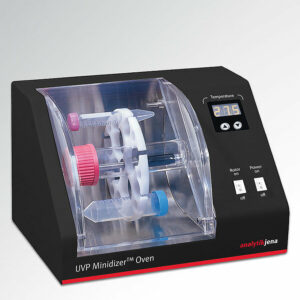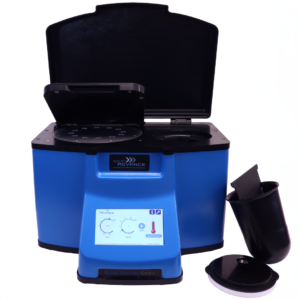Salini UNGTM Uracil-N-Glycosylase is a unique heat-labile enzyme. The protein sequence originates from the bacteria genus Salinivibrio which is frequently found in hypersaline environments. Uracil-N-Glycosylase (UNG) efficiently eliminates uracil from single- or doublestranded DNA by catalyzing the hydrolysis of the N-glycosylic bond and leaving an abasic site. This property is widely used as a part of PCR carryover contamination prevention strategy. Salini UNGTM is a genetically modified enzyme including a Stability TAG - Solis BioDyne’s proprietary and patented polypeptide stabilization technology that makes all our proteins extremely stable at room temperature [1].
[1] Kahre, O. et al., Compositions for increasing polypeptide stability and activity, and related methods, EP2501716B1 (2015) and US9321999B2 (2016).
Applications
- Widely used to eliminate carryover contamination in PCR and LAMP
- Enhancer of cloning efficiency of PCR products
- Site-directed mutagenesis
- Protein-DNA interaction studies
- Glycosylase-mediated single nucleotide polymorphism detection (GMPD)
- Study of DNA repair and mutation detection
- SNP genotyping
Properties
Concentration: 1 U/µl
Source: Purified from an E.coli strain that carries an overproducing plasmid containing a Salini UNG™ Uracil-N-Glycosylase gene.
Storage and dilution buffer: 50% glycerol (v/v), 25 mM Tris-HCl pH 7.5, 100 mM KCl, 0.1 mM EDTA, 1 mM DTT and stabilizers.
Recommendations for use
Working concentration: For qPCR application we recommend to use Salini UNG™ Uracil-N-Glycosylase at a final concentration of 0.025-0.04 U/μl, for endpoint PCR application at a final concentration of 0.005-0.01 U/μl.
Reaction temperature: If you setup reaction at room temperature, no additional treatment step is required. If you setup reaction on ice add UNG treatment step prior amplification: 30 seconds at 25 °C. Working temperature 25-40 °C.
Inactivation: 5 min at 70 °C.



